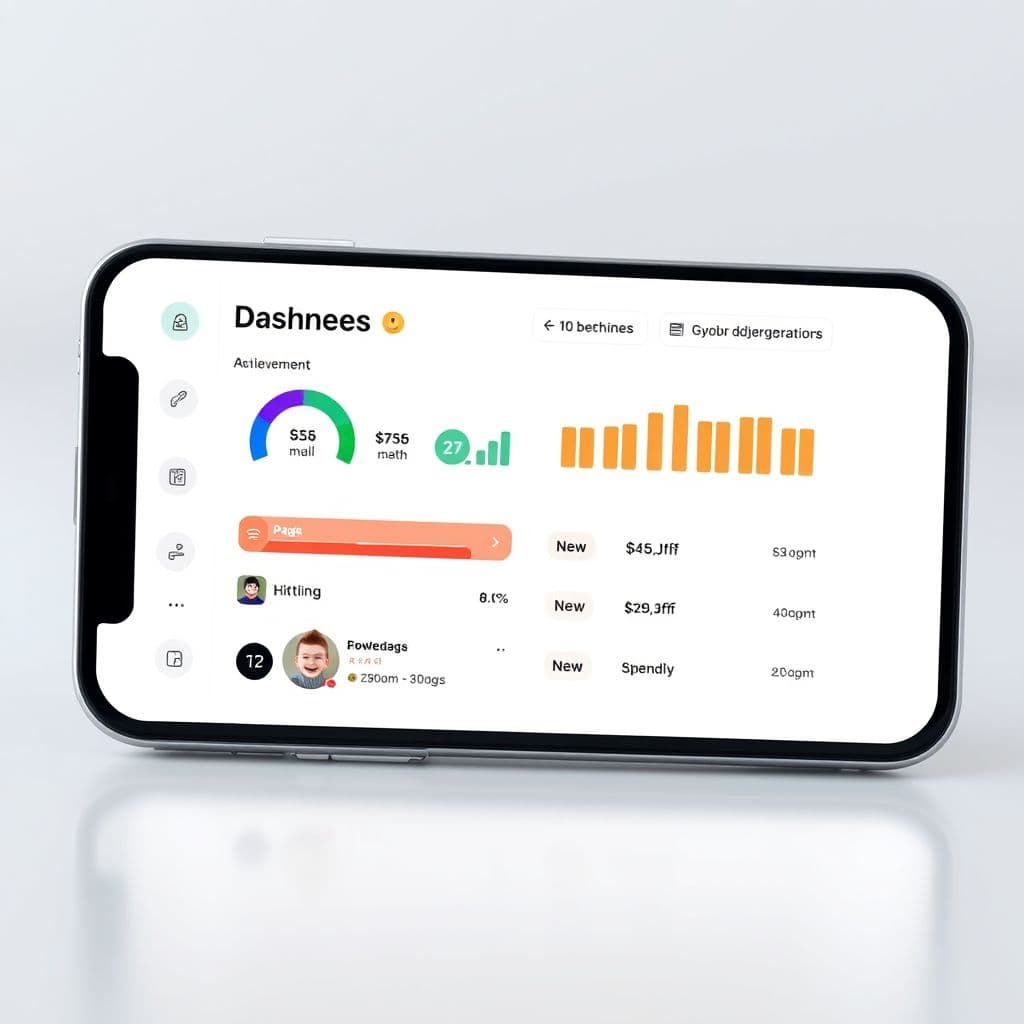How to Overcome Compulsive Spending Habits with a Gamified Budgeting App

Do you find yourself constantly overspending on coffee runs, food deliveries, or impulse purchases? You're not alone. Many people struggle with compulsive spending habits, often driven by convenience, emotional triggers, or simply not tracking where their money goes. The good news? A well-designed SaaS solution could potentially help break this cycle through smart tracking, behavioral insights, and gamified motivation.
The Problem: Why We Can't Stop Overspending
The comments and video reveal several key pain points in personal spending habits. First is the convenience trap - we justify expensive daily purchases like Starbucks because they seem quicker than alternatives, even when they're actually more time-consuming. Second is avoidance - many people don't want to face their spending patterns because it feels overwhelming or shameful. Third and most profound is emotional spending - using purchases as temporary dopamine hits to fill emotional voids, particularly common among those with ADHD.
These behaviors create a vicious cycle: mindless spending leads to financial stress, which leads to more emotional spending for comfort. Traditional budgeting apps often fail because they don't address the psychological roots of overspending or make the process engaging enough to maintain.

A Potential Solution: Gamified Spending Management
Imagine a budgeting app designed specifically to combat compulsive spending through behavioral science and gamification. Unlike traditional budgeting tools that focus solely on tracking, this hypothetical SaaS solution would incorporate several key features: real-time spending alerts when approaching category limits, a reward system for sticking to goals, and visual progress tracking that shows how small savings add up over time.
The app could use gentle but firm notifications when users are about to make an impulsive purchase, showing how this expense fits into their weekly budget. For emotional spenders, it might include a 'pause' feature that requires a 10-minute wait before completing certain types of purchases, allowing the initial impulse to pass.
Key Features That Could Make It Effective
1. Behavioral Triggers Dashboard: Visualizing spending patterns and emotional triggers through easy-to-understand charts and graphs. Users could tag purchases with their emotional state to identify patterns.
2. Gamified Challenges: Weekly or monthly challenges to reduce spending in problem categories (like coffee or food delivery), with virtual badges and milestones to celebrate progress.
3. Alternative Suggestions: When detecting a potential impulse purchase, the app could suggest cheaper alternatives or remind users of similar items they already own.
4. Community Support: A moderated community feature where users can share struggles and successes, creating accountability and reducing the isolation many feel around money issues.

Potential Impact and Benefits
Such a tool could help users in several ways: by making financial awareness less intimidating through gamification, by creating healthy pauses before impulse purchases, and by providing positive reinforcement for good habits rather than just shaming for bad ones. For neurodivergent users who struggle with dopamine-driven spending, the app could offer specialized features like sensory-friendly interfaces and alternative reward systems.
The ultimate goal wouldn't be deprivation, but helping users align their spending with their true values and priorities. As one commenter noted, life should include treats - but they should be conscious choices, not compulsive reactions.
Conclusion
Compulsive spending is a complex issue rooted in psychology, habits, and modern convenience culture. While no app can magically solve deep-seated financial behaviors, a thoughtfully designed SaaS solution that combines behavioral science with engaging gamification could provide the structure and motivation many people need to build healthier money habits. The key would be making the process feel rewarding rather than restrictive - turning financial awareness from a source of stress into a game worth winning.
Frequently Asked Questions
- How would this app differ from existing budgeting tools?
- Unlike most budgeting apps that focus on tracking after the fact, this hypothetical solution would emphasize prevention through real-time alerts, spending pauses, and behavioral insights. The gamification elements aim to make the process more engaging and sustainable long-term.
- Could this really help with ADHD-related impulsive spending?
- While no app can eliminate ADHD symptoms, features like visual progress tracking, immediate feedback, and alternative dopamine sources (like achievement badges) could potentially help manage impulsive spending tendencies by providing structure and positive reinforcement.
- Wouldn't people just ignore the app notifications?
- The effectiveness would depend on thoughtful design - notifications would need to be timely but not overwhelming, and the gamification elements would need to provide meaningful motivation. Optional features like accountability partners or community challenges could increase engagement.


